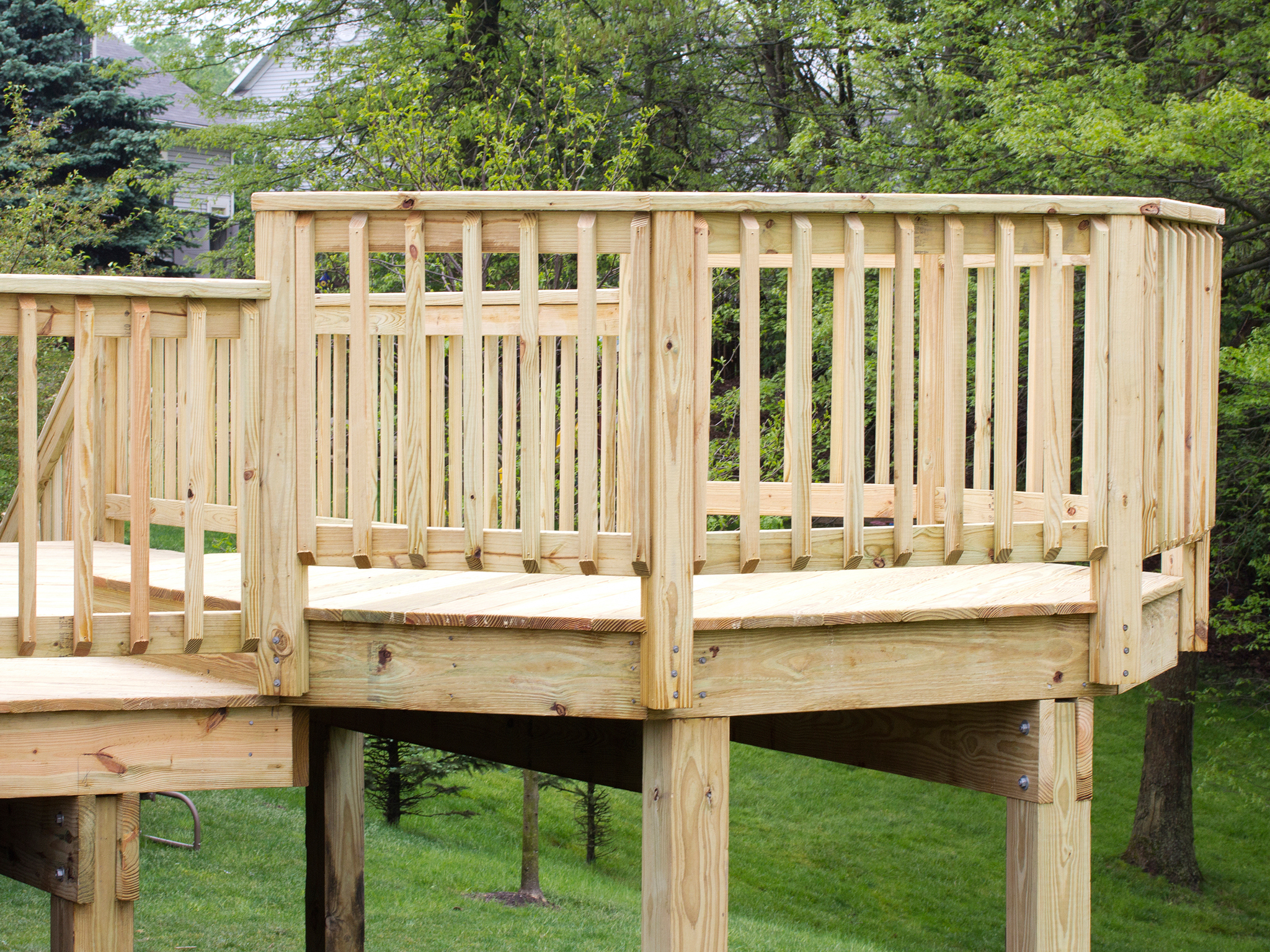

“If the deck is properly installed to code, safety is a given.”Įven if it’s not required, you might choose to install a railing just for the feeling of security. “Safety is built into all of our projects,” says Biedenweg. While local codes vary, usually if the deck is high enough off the ground to create a safety hazard, you’ll be required to install a railing. Safety is the number one reason people choose to use a railing on their deck. While this is among the pricier materials, it can be worth it for windy or coastal landscapes since it creates a protected outdoor living space without blocking the view. If you’d like to stretch out on a lounge chair and enjoy the sunshine without the wind tossing your hair this way and that, tempered glass panels used instead of balusters might be the option for you. Tempered glass is a great option for landscapes with a lot of wind. Types of RailingThere are many different types of railing and each one has its own set of advantages and architectural styles they go with. Many brands of composite railing offer posts with lighting included, or you can repeat the finials from elsewhere on the home for a continuous design. Post caps or finials - Post caps or finials sit on top of your post and add a decorative touch that can coordinate with your architecture or just give the post a finished book.“This lets guests set down their drink while socializing and is an inexpensive addition to a deck.” “You can also build a drinks rail with a flat top by using a deck board or 2 x 6” as a handrail,” says Baron Biedenweg of Archadeck of Fort Wayne in Ft.

Handrail - The handrail runs across the top of the posts and balusters and is comfortable to grip or lean on when looking over the side of the deck or walking down stairs.

Cable rails have the advantage of not impeding the surrounding view, so even if you are lying in a lounge chair, you can still enjoy the scenery. Newer options such as horizontal metal cables provide the same function, yet have a more contemporary look.


 0 kommentar(er)
0 kommentar(er)
